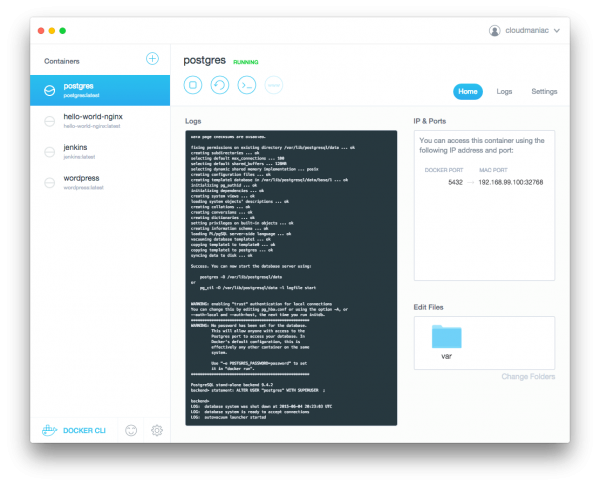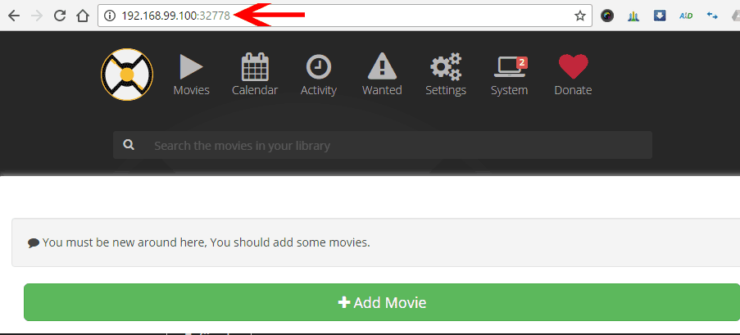

- Kitematic configure network how to#
- Kitematic configure network for mac#
- Kitematic configure network download#
- Kitematic configure network windows#
The second issue I faced was with running Docker CLI and it complained that Docker client and agent versions did not match.This was because I had boot2docker installed previously in my Windows machine. I deleted 4 of them and tried reinstalling Kitematic and the installation went through after that. I already had 6 host-only interfaces created in my Virtualbox. 1 of the workarounds I found by googling was to delete the host-only interface that Virtualbox creates for Kitematic/boot2docker. I had faced similar issue when installing boot2docker. When I tried installing, I got this issue: In my case, I already had Virtualbox installed. If Virtualbox is not installed, Kitematic installation program also installs Virtualbox. Kitematic loads a small Linux VM in Virtualbox over which the Container runs.

Kitematic configure network download#
Kitematic uses the same Linux VM as boot2docker.Īfter registering for Alpha program, I received the download link 1 day later. Kitematic is boot2docker combined with a GUI for managing containers. I had covered boot2docker in 1 of my earlier blog. I tried this recently and I will share my experiences in this blog. Recently, Kitematic released an alpha version for Windows.
Kitematic configure network for mac#
To limit the acceptance of SNMP packets, click Accept SNMP packets from these hosts, click Add, and then type the appropriate host name, IP, or IPX address in the Host name, IP or IPX address box.Kitematic simplifies Docker installation for Mac and also provides an easy GUI interface to manage Containers.To accept SNMP requests from any host on the network, regardless of identity, click Accept SNMP packets from any host.Specify whether or not to accept SNMP packets from a host.In the Community Name box, type the case-sensitive community name that you want, and then click Add.To specify how the host processes SNMP requests from the selected community, click the permission level that you want in the Community Rights box.Under Accepted community names, click Add.Click to select the Send authentication trap check box (if it is not already selected) if you want a trap message sent whenever authentication fails.In the right pane, double-click SNMP Service.

Kitematic configure network how to#
This article describes how to configure SNMP agent properties, SNMP traps, and SNMP security.Īpplies to: Windows Server 2003 Original KB number: 324263 Summary This article describes how to configure the Simple Network Management Protocol (SNMP) Service in Windows Server 2003.


 0 kommentar(er)
0 kommentar(er)
